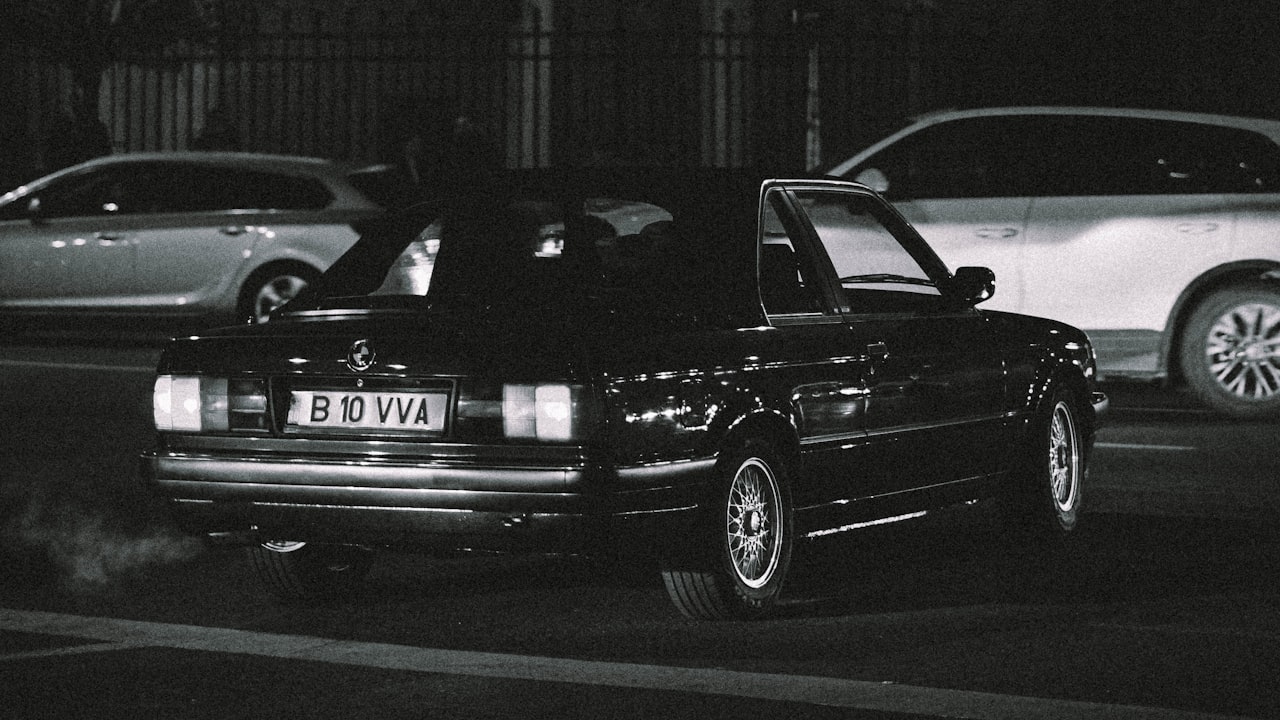Letterpress was created in the 15th century and was the first dependable and commonly used printing technique. Letterpress printing requires painstakingly arranging words and patterns before pressing them into high-quality paper, which is a time-consuming but ultimately satisfying technique.
Modern lithographic printing, employed more frequently when generating vast quantities of print, such as newspapers, magazines, and books, joined letterpress machine in the printing industry in the late 19th century. In the last few years, letterpress has reentered the design community, particularly as an alternative, textured option to digital print for producing basic designs and typographical items like business cards.
Letterpress is Haptic
For several reasons, graphic designers find letterpress to be an appealing printing method. The tactile qualities of letterpress-printed materials are a big part of the appeal. The subtle embossing on these pieces adds a nice touch and makes the art feel more natural. Most printers will also utilize a premium, hefty paper material to maximize the impact. It offers the work more value by not just adding to the cost to the designer but also by making the design seem and feel more premium, with a classic vibe that is becoming increasingly fashionable in recent years.
It gives your Writing more Character
There is a lot of demand for designers to come up with fresh, original ideas. With so many designers and artists competing for attention, and since everyone now has their audience owing to the proliferation of social media and e-commerce, it’s more important than ever for a designer to establish their niche (USP). When it comes to purchasers, they are looking at ‘why’ they should spend money on designs, and those selling their work need to create a USP that differentiates them from other designers.
Great for making one-of-a-kind Products
As a result of technological advancements, printing businesses can mass produce a wide variety of products for sale to consumers. It suggests that there is an intense desire for bespoke things. Letterpress printers not only produce limited editions that are unique to each customer but also have the flexibility to make adjustments based on their preferences. For people needing letterpress goods, online marketplaces like Etsy and Folksy are excellent places to look; many vendors there will even make bespoke orders if requested.
More Authentic
In the eyes of many, letterpress printing has a more ‘authentic’ reputation than lithographic printing. Customers can perceive the extra effort and time put into a letterpress-printed product. Customers want to know they are getting a good deal when they invest in a design project. Keep in mind that modern letterpress machines employ polymer plates, which makes the process easier to understand and execute, but this should be independent of the value of the work created and will still impress the potential customer.
Letterpress Layout Advice
- When creating a letterpress design, designers should keep a few specifics in mind.
- Make sure your lines are at least.25 to guarantee they print well. Even while modern letterpress presses can print finer lines with greater precision than their predecessors, it is still best to refrain from printing fine details like hairlines to ensure that your design prints well.
- Using more than two spot colors in a letterpress print job can increase costs. Up to four colors can be used in a design, although using that many colors can get pricey and is only sometimes required.
- Letterpress’s capacity to print in full-color intensity is one of its many advantages. Designers should use a separate, lighter color ink rather than a screen for lighter shades. Screens function well with offset printing.
- For the most outstanding results when printing using letterpress, designers should strive for font sizes greater than 6pt.
- Including crop marks in the design phase guarantees that the whole design reproduces in the printed version. It is suggested for most types of printing, as patterns made up to the trim line tend to be trimmed awkwardly.
